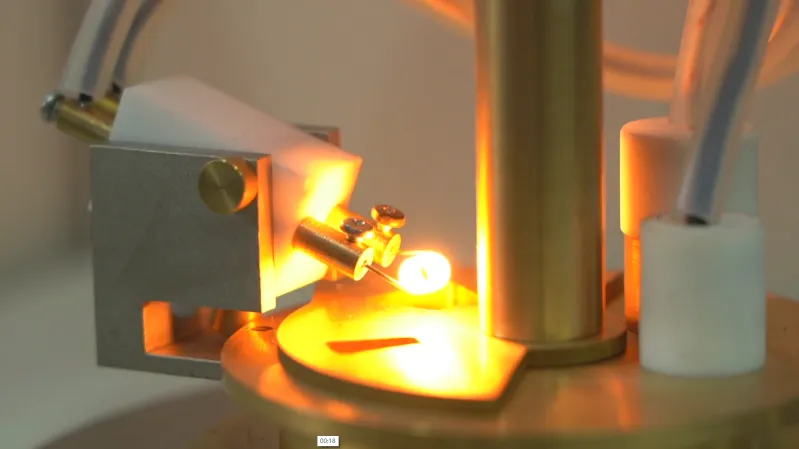 English
English


The Role of Gas Chromatography in Chemical Analysis Techniques and Applications
Gas Chromatography A Powerful Tool for Analysis
Gas chromatography (GC) is a highly effective analytical technique used to separate and analyze compounds that can be vaporized without decomposition. It is a crucial tool in various fields such as chemistry, environmental science, pharmaceuticals, and food safety. This article delves into the principles of gas chromatography, its applications, and its significance in analytical chemistry.
Principles of Gas Chromatography
At its core, gas chromatography operates on the principle of differential partitioning between a mobile gas phase and a stationary liquid or solid phase. The sample to be analyzed is first vaporized and then injected into the chromatographic column, which is typically housed in an oven. The mobile phase, usually an inert gas like helium or nitrogen, carries the vaporized sample through the column.
Inside the column, different components of the sample interact with the stationary phase based on their unique chemical and physical properties. As a result, compounds with varying affinities for the stationary phase travel through the column at different rates, leading to their separation. The components exit the column at different times, known as retention times, which allow for their identification and quantification.
Applications of Gas Chromatography
Gas chromatography has a wide array of applications. In the field of environmental science, GC is commonly used to detect and quantify pollutants in air, soil, and water. For instance, it can analyze volatile organic compounds (VOCs) emitted from industrial processes or assess pesticide residues in agricultural products. Its sensitivity and precision make it an essential tool for regulatory compliance and environmental monitoring.
gas chromatography is used in the analysis of

In pharmaceuticals, GC plays a vital role in drug development and quality control. It is used to analyze the purity of active pharmaceutical ingredients and to identify degradation products. Moreover, the technique is valuable in forensic science, where it is employed to analyze substances such as drugs and poisons in biological samples.
In the food industry, gas chromatography helps ensure safety and quality by analyzing flavor compounds, preservatives, and contaminants in food products. For example, it can be used to identify the presence of harmful additives or to verify labeling claims regarding flavor compounds in beverages and processed foods.
Advantages and Significance
One of the main advantages of gas chromatography is its ability to provide high-resolution separations. This, combined with its sensitivity, allows for the detection of compounds at very low concentrations. Furthermore, advancements in GC technology, such as the development of capillary columns and mass spectrometry (MS) coupling, have significantly enhanced its capabilities.
GC is also appreciated for its speed and efficiency. Many analyses can be completed in a matter of minutes, making it suitable for high-throughput laboratories. Additionally, the technique's quantitative capabilities enable accurate measurement of compound concentrations, which is crucial for regulatory compliance.
In summary, gas chromatography is a powerful analytical tool that plays an essential role in various sectors. Its ability to separate and analyze complex mixtures makes it invaluable in environmental analysis, pharmaceuticals, food safety, and forensic science. As technology continues to evolve, gas chromatography will undoubtedly remain at the forefront of analytical chemistry, helping scientists and researchers address critical issues related to health, safety, and environmental protection.
-
Differences between open cup flash point tester and closed cup flash point testerNewsOct.31,2024
-
The Reliable Load Tap ChangerNewsOct.23,2024
-
The Essential Guide to Hipot TestersNewsOct.23,2024
-
The Digital Insulation TesterNewsOct.23,2024
-
The Best Earth Loop Impedance Tester for SaleNewsOct.23,2024
-
Tan Delta Tester--The Essential Tool for Electrical Insulation TestingNewsOct.23,2024





